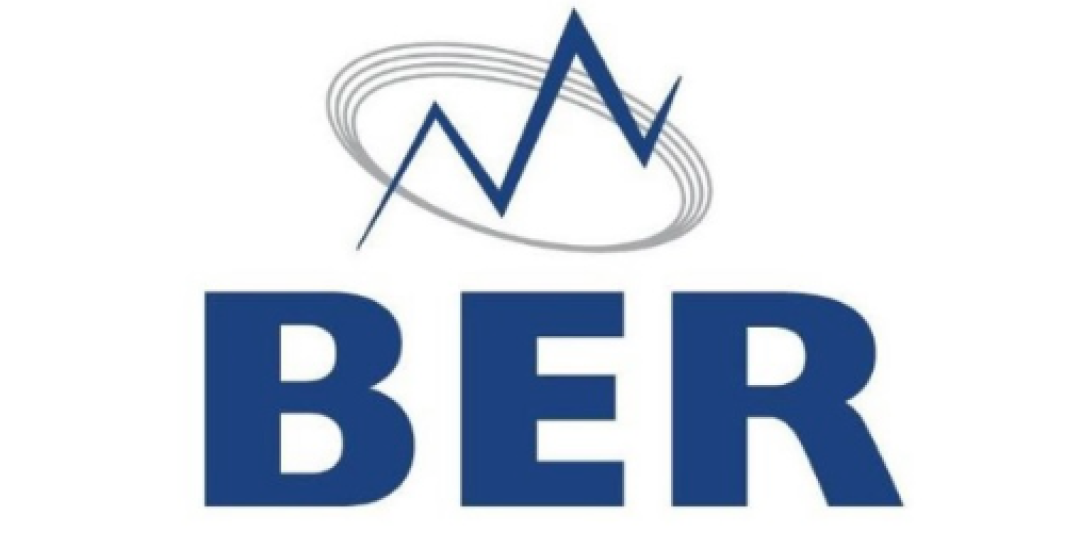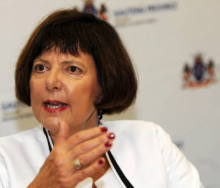South African analysts, business leaders and trade unions expect inflation to cool further in 2023 and 2025.
This is according to the latest Bureau for Economic Research (BER) inflation expectations survey which showed that the average inflation expectations of analysts, business people and trade unions declined again during the third quarter survey.
They now expect headline inflation to be 5.1% this year, before subsiding to 4.8% in both 2025 and 2026.
“In the second quarter they still expected consumer inflation to register 5.3% this year and fall to 4.9% in 2026. Among the three social groups, analysts expect the lowest inflation rate over the entire forecast horizon, although trade union officials are not far above them,” the BER survey noted.
In contrast, business people anticipated that inflation would remain above 5% for all three years, softening from 5.4% this year to 5.2% in 2026.
“Overall, the three social groups expect inflation to average 4.8% over the next five years. This is slightly lower than the 4.9% they expected before. However, in this case only analysts expect a rate close to the target of 4.5%. Trade union officials foresee a rate around 5%, similar to business people,” the survey said.
However, household inflation expectations turned significantly higher during the third-quarter survey, ending the downward trend that started in the middle of 2023.
During the third-quarter survey, the three social groups still expected GDP growth of just below 1% in 2024. However, they revised their forecast for next year up by 0.2% pts to 1.5%.
Trade unions made a huge upward revision to their forecast of wage increases. They now expect wages to rise by 5.6% in 2024 and by 5.9% in 2025. Consequently, the average forecast for the three social groups for 2025 increased slightly from 4.9% to 5.0%, while that for 2026 increased from 4.9% to 5.3%.
The South African Reserve Bank in 2001 commissioned the BER to conduct a quarterly survey to measure inflation expectations and other macro-economic variables, which is one of many factors its Monetary Policy Committee (MPC) considers when it decides on the interest rates.













